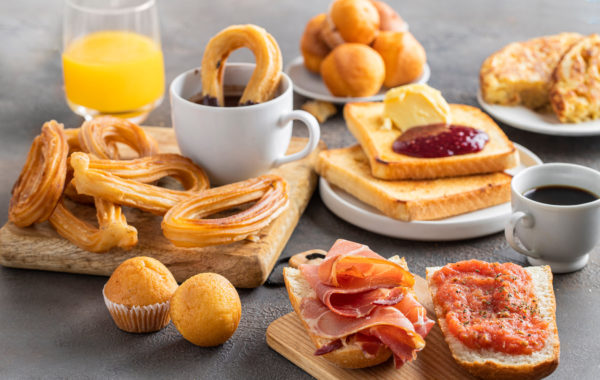Kithul treacle, a smoky, amber-hued syrup, is among Sri Lanka’s cherished culinary treasures. It’s a syrup that bears comparison to maple syrup yet offers a unique flavor profile, boasting floral notes reminiscent of single-origin honey paired with the warm spice undertones of mulled wine. This natural sweetener is derived from the sap of the fishtail palm, known locally as the kithul tree, which grows throughout the Indian subcontinent and serves as the basis for a rich dessert tradition in Sri Lanka.
The journey of kithul treacle from tree to bottle involves age-old skills and techniques. The sap is painstakingly collected from the tree’s flower clusters by expert tappers who scale these towering trees, which can exceed 20 feet. With deep knowledge of the kithul tree’s life cycle, these tappers select the moment to make an incision at the base of the flowering stalk, placing a container beneath it to capture the sap. Once harvested, the sap undergoes a slow process of thickening and purification over a wood fire, resulting in a treacle that’s imbued with a subtle smokiness.
This process of sap collection is delicate and time-consuming, drawing parallels with other artisanal palm products across South Asia. The popularity of kithul treacle is similar to that of nolen gur, a Bengali delicacy made from the sap of the wild date palm. Both products are deeply rooted in their respective culinary traditions, embodying local flavors and cultural heritage. In Sri Lanka, kithul treacle serves as a sweet base for a range of traditional treats. For instance, pani walalu, a dish resembling jalebi, is crafted from urad dal and rice flour before being dunked in kithul syrup. Similarly, konda kevum, a soft, deep-fried cake reminiscent of South Indian appe or paniyaram, owes its signature flavor to the addition of kithul treacle.

In Sri Lankan households, kithul treacle holds a place of honor in the pantry, often used to elevate everyday foods. A drizzle over yogurt, pancakes, or fresh fruit creates a nuanced dessert with a touch of island tradition. When visitors experience kithul, they are often struck by its flavor, which captures the essence of Sri Lanka’s natural bounty. For this reason, many travelers consider it the perfect souvenir, encapsulating the richness of Sri Lankan cuisine in a bottle.
The versatility of kithul treacle also extends to modern kitchens, where it is increasingly embraced as a natural sugar substitute. Its complex taste complements both sweet and savory dishes, bringing depth to marinades, salad dressings, and even cocktails. As the world embraces more diverse and natural sweeteners, kithul treacle stands out not only for its unique taste but also for the artistry involved in its production, a testament to the skills passed down through generations.
Kithul treacle represents Sri Lanka’s dedication to preserving traditional flavors and artisanal methods. With its smoky sweetness, it continues to surprise and delight, offering a true taste of Sri Lanka that goes beyond the typical tourist experience, making it a remarkable culinary discovery for those who venture into the island’s rich food culture.
Book Your Travel Packages






















